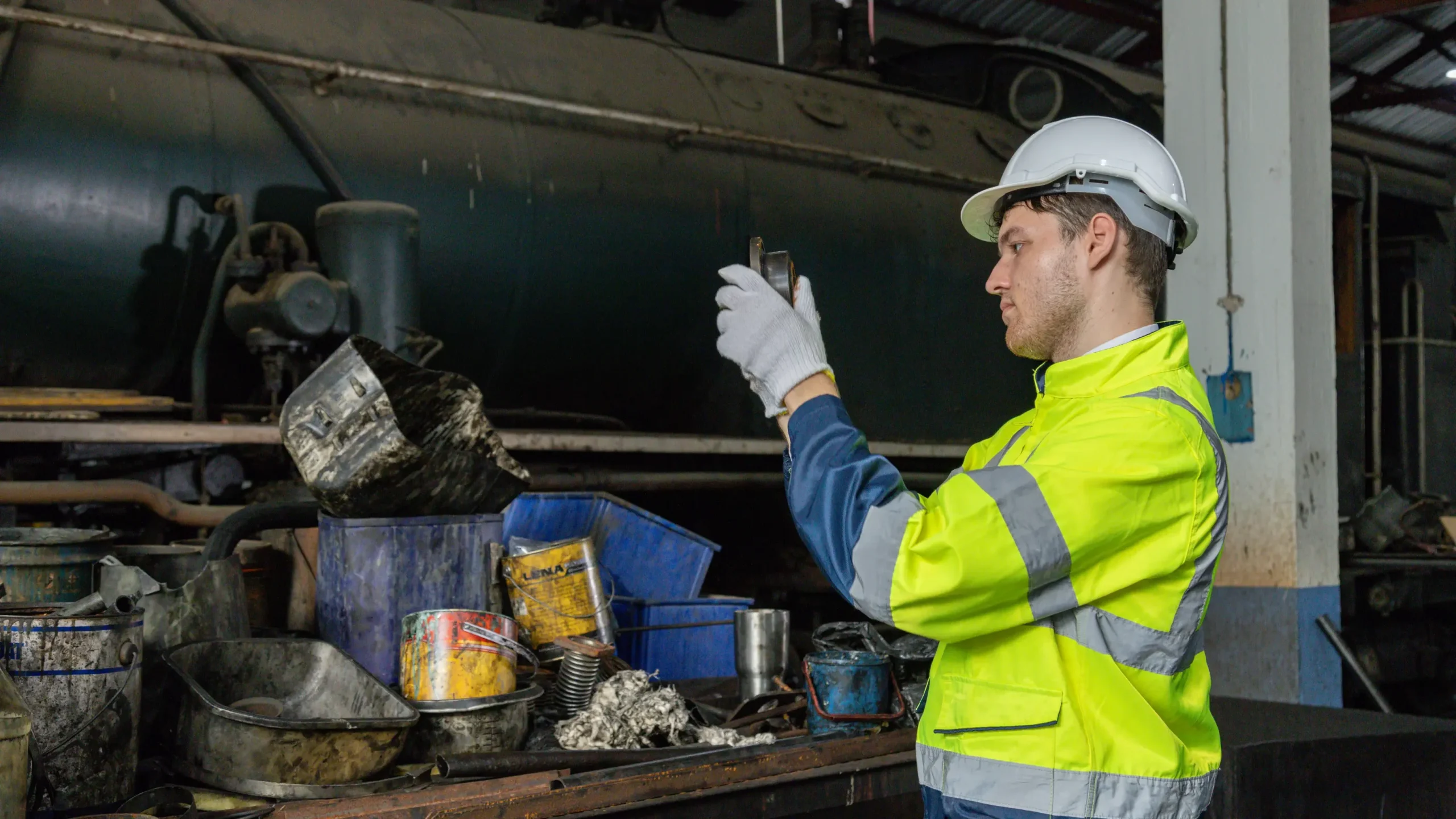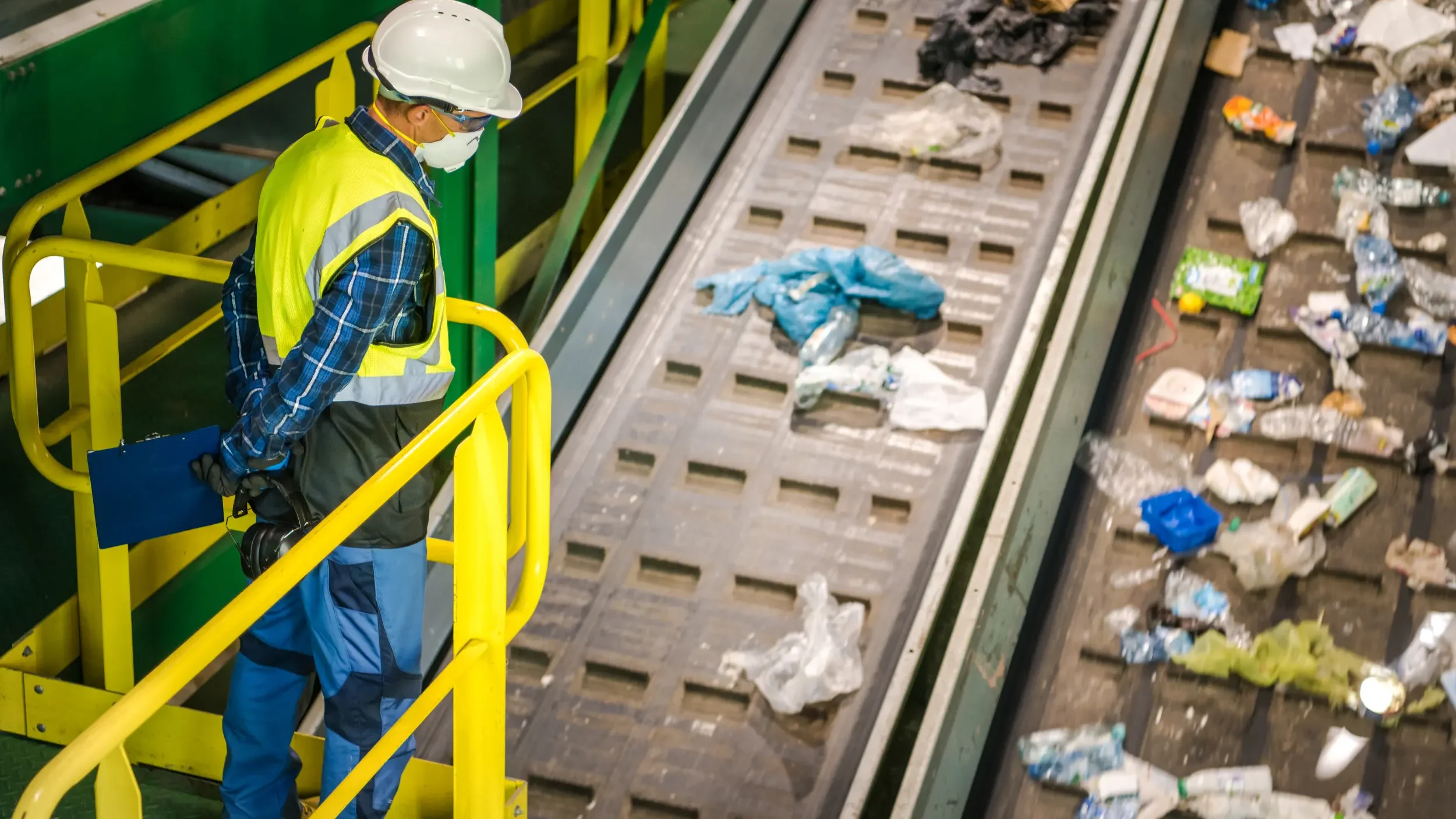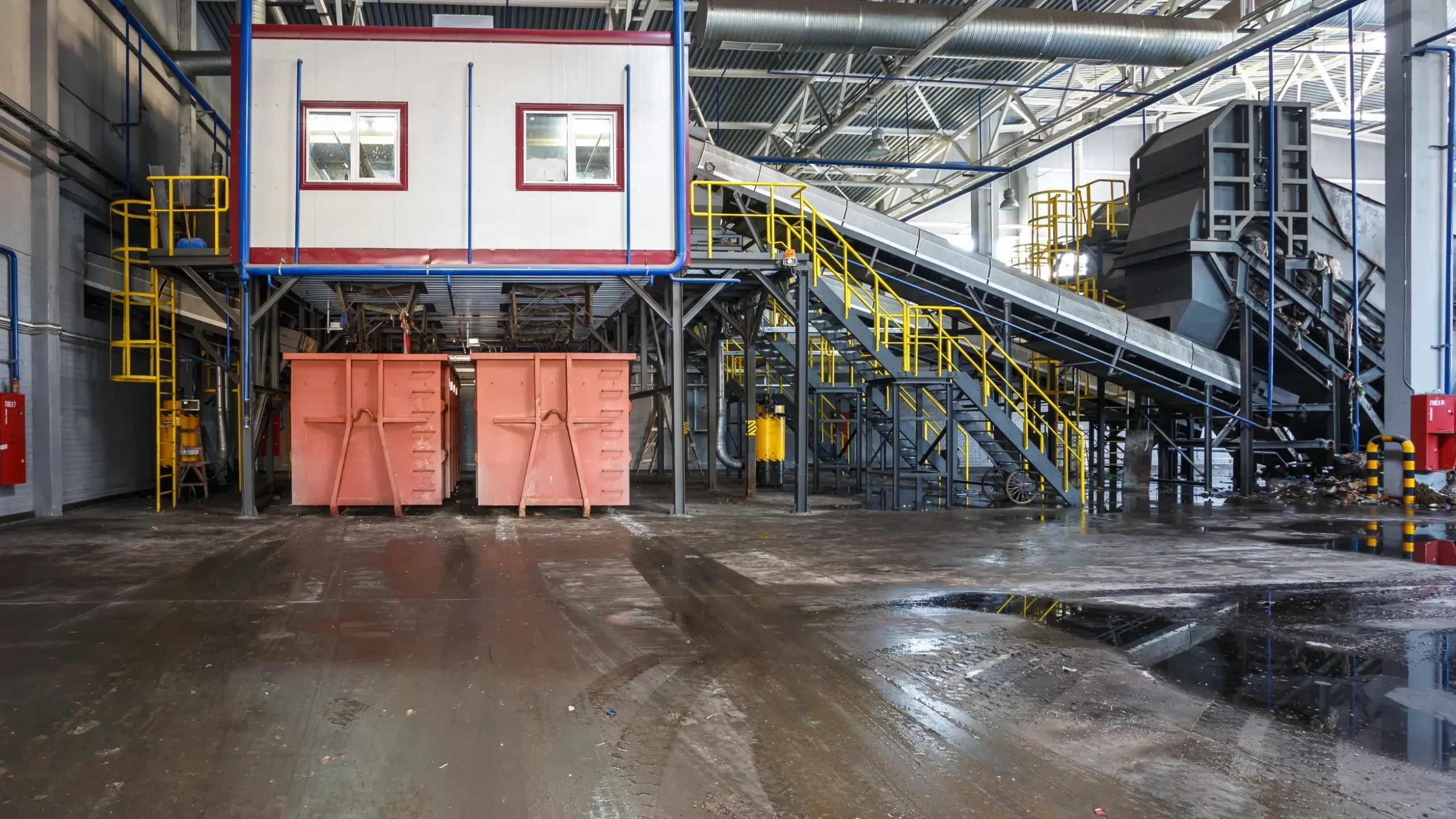Recycling plants are complex systems designed to process waste materials into reusable forms. These facilities typically operate using a combination of mechanical and chemical processes. In the initial phase, waste enters the sorting unit. Here, materials are classified by type using magnetic separators, optical sensors, and manual labor. Plastics, glass, metal, paper, and organic waste are directed to different lines. Plastics are sorted according to polymer type and then processed into granules. Glass waste is cleaned, broken down, and reprocessed. Metal waste is melted and purified.
The advanced technology used in recycling plants is supported by energy-efficient machinery. This allows for the processing of large amounts of waste while reducing the environmental footprint. Additionally, eco-friendly measures such as water treatment and air filtration systems are in place to minimize the environmental impact of the facilities. Depending on the plant’s capacity and technological infrastructure, daily processing capacities can reach tons of recyclable materials.

Table of Contents
- What Are the Technical Specifications of Recycling Plants?
- Sorting Line
- Raw Material Production
- Quality and Traceability
- Environment and Sustainability
- Highlighted Technical Features of Burkasan Recycling Plants
- Frequently Asked Questions
What Are the Technical Specifications of Recycling Plants?
The technical specifications of recycling plants encompass various processes and systems. The most prominent of these include the sorting line, which features advanced technology for separating waste materials by type. Raw material production involves converting recycled materials into reusable raw forms. Quality and traceability ensure that recycling processes are carried out in accordance with specific standards and can be monitored throughout. Lastly, environmental and sustainability strategies focus on minimizing the environmental impact of the plant’s operations and conserving natural resources.

• Sorting Line
The sorting line in recycling plants is a critical stage where waste is classified by type. It is vital for the plant’s efficient operation. This line typically consists of a multi-step process that combines various technologies and methods. In the first stage, large and bulky waste is sorted either manually or automatically. Then, magnetic separators detect and collect metal waste. Different materials such as plastics, glass, paper, and organic waste are separated using optical sorters and air currents. Advanced optical sensors are highly effective at sorting plastic waste by type (e.g., PET, HDPE). In some plants, robotic arms are employed to quickly identify and direct materials into relevant sections on the line.
The sorting line not only classifies waste but also ensures high efficiency and minimal contamination by cleaning and sizing materials. These lines can be fully automated or semi-automated depending on the plant’s capacity. Continuous improvement and maintenance are necessary to increase efficiency, making this line one of the key components of recycling processes.

• Raw Material Production
Raw material production in recycling plants involves converting sorted waste materials into reusable raw forms. This stage includes various processes depending on the type of waste material. Plastic waste, for instance, is sorted by polymer type and ground into granules, which can then be used to manufacture new plastic products. Metal waste is melted and purified, returning to the metal industry. Glass waste is cleaned, broken down, and sent to glass factories as raw material. Paper waste is separated into fibers and converted back into pulp, which is used to produce new paper and cardboard products.
Purity and homogeneity are crucial for improving the quality of raw material production. Therefore, contaminants are carefully removed. Advanced recycling plants utilize energy-efficient technologies during raw material production to minimize environmental impacts. These recycled raw materials can be reused across different industries, significantly contributing to the conservation of natural resources.

• Quality and Traceability
In recycling plants, quality and traceability are critical elements that ensure recycled materials are produced according to specific standards and can be monitored at every stage. Quality aims to ensure that the recycling process is carried out efficiently and effectively, and that the final raw material products are suitable for industrial use, clean, and of high purity. To achieve this, advanced quality control systems are applied in the facilities. The physical and chemical properties of the materials are regularly tested. Each recycled product, such as plastic, glass, metal, or paper, must meet certain quality standards during the production process.
Traceability, on the other hand, ensures that all stages of the recycling process are recorded and can be tracked retrospectively. Thanks to software and digital tracking systems used in the plants, every step from the initial acceptance of waste to the production of the final product is recorded in detail. This is necessary to ensure quality control and to identify the source of any issues. At the same time, traceability helps monitor compliance with environmental and sustainability standards. It is crucial for recycling plants to continuously monitor and report these processes to comply with national and international regulations and to maintain transparency.

• Environment and Sustainability
In recycling plants, environment and sustainability refer to strategies aimed at minimizing the impact of the plant’s activities on nature and preserving natural resources in the long term. These facilities use energy-efficient machines and processes to reduce their environmental footprint. For example, the machines used during waste processing are equipped with technologies that optimize energy consumption. Additionally, systems like water recovery and air filtration units minimize wastewater and emissions from the facility. Carbon emissions are regularly monitored, and renewable energy sources are used whenever possible to reduce energy consumption.
From a sustainability perspective, recycling plants adopt circular economy principles by converting waste materials back into raw materials, thus reducing the consumption of natural resources. At the same time, they aim to produce long-lasting and reusable products by improving the quality of recycled materials. This not only provides environmental benefits but also creates an economically sustainable recycling cycle. Operating in line with environmental and sustainability standards is of great importance in terms of complying with national and international environmental regulations. Recycling plants contribute significantly to protecting natural resources and building a sustainable future by converting waste into raw materials without harming the environment.

Highlighted Technical Features of Burkasan Recycling Plants
Burkasan recycling plants stand out in the industry with their advanced technology and sustainability-focused approach. The modern sorting lines used in its facilities increase the efficiency of the recycling process by classifying waste in the most efficient way with high-precision optical and magnetic separators. In Burkasan’s raw material production processes, recycled materials are processed with great care. High-quality recycled raw materials suitable for industrial needs are obtained.
In terms of quality and traceability, Burkasan manages all recycling processes in accordance with national and international standards. Every stage is tracked with traceable and auditable systems. Additionally, Burkasan is distinguished by its sensitivity to environmental and sustainability issues, minimizing its environmental impact with energy-efficient systems, water recovery technologies, and low carbon emissions. With these features, Burkasan supports both environmental and economic sustainability, maintaining a leading position in the recycling industry.

Frequently Asked Questions
How does the sorting line work in recycling plants?
The sorting line is a system where waste materials are classified by type. While magnetic separators collect metals, optical sensors sort materials like plastic, glass, and paper by type. These lines play a critical role in preparing materials for the recycling process.
What types of waste can recycling plants process?
Generally, plastic, paper, glass, metal, and organic waste can be processed in recycling plants. Depending on the plant’s capacity and technology, other types of waste can also be processed.
How do recycling plants produce raw materials?
Sorted waste is processed into usable raw materials in the facilities. Plastic waste is turned into granules, metal waste is melted, glass is cleaned and broken down, and paper waste is converted into pulp. These raw materials can be reused in various industries.
How is quality controlled in recycling plants?
Regular quality control tests are conducted to ensure that recycling processes comply with quality standards. The physical and chemical properties of the materials are continuously monitored, and high purity and homogeneity are maintained during these processes.
Why is traceability importantand how is it ensured?
Traceability ensures that every step of the recycling process can be tracked. Software used in the facilities records the process from the initial acceptance of the waste to the final raw material production, thereby increasing quality control and allowing for quick identification of the source of potential issues.
Here’s the text with the words separated correctly:
Recycling plants help protect natural resources by reprocessing waste. Energy-efficient machines, water recovery systems, and low-emission production processes minimize environmental impact. Additionally, by operating in accordance with circular economy principles, they offer a sustainable production model.
How is sustainabilityensured in recycling plants?
Sustainability is ensured through energy-efficient systems, the use of renewable energy, and eco-friendly technologies. Additionally, converting waste into raw materials reduces natural resource consumption and minimizes long-term environmental impacts.

